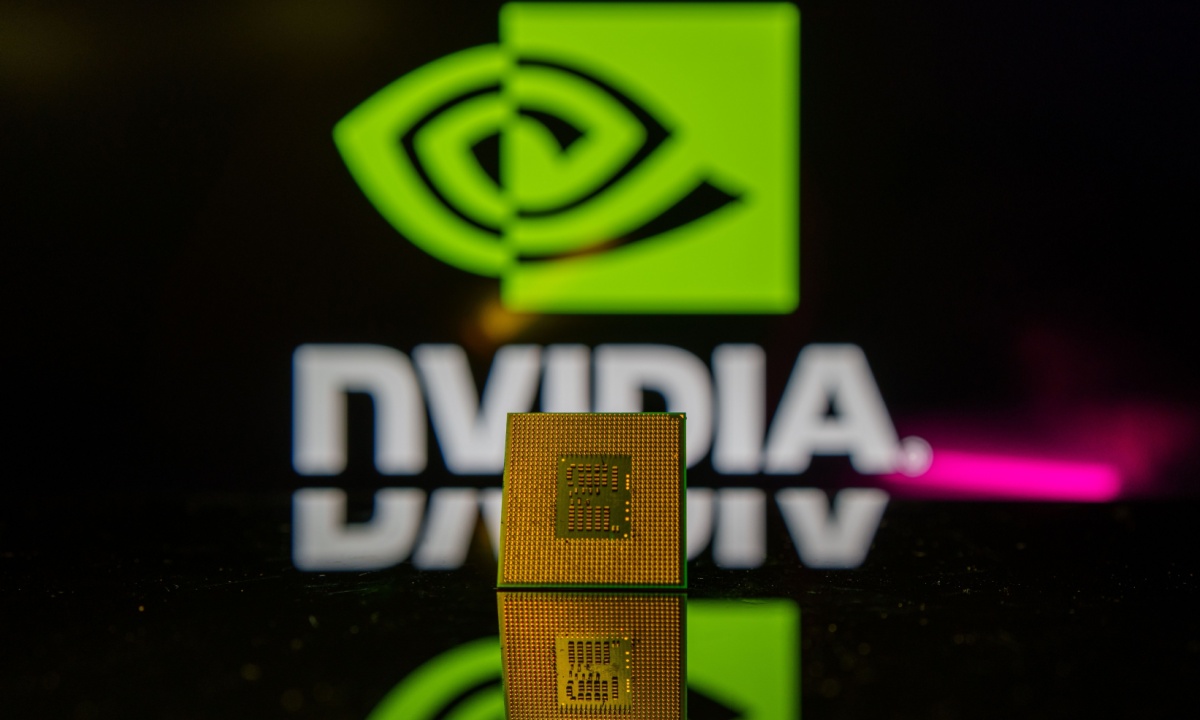
Facing rising competition in the AI chip space, Nvidia is reportedly turning to robotics.
The $3.3 trillion company, whose tech has helped drive the rise of artificial intelligence (AI), will launch the next version of compact computers for humanoid robots — dubbed Jetson Thor — in the first half of next year, the Financial Times (FT) reported Sunday (Dec. 29).
According to the report, Nvidia is jockeying to become the top platform in what it argues is a coming robotics boom.
“The ChatGPT moment for physical AI and robotics is around the corner,” Deepu Talla, Nvidia’s vice president of robotics, told the FT, adding that he believes the market is at a “tipping point.”
The FT report noted that this effort comes as Nvidia is expecting more competition for its chips from rivals like AMD, as well as cloud computing titans like Google and Amazon. Now, the company is investing in the “physical AI” space to help the new robotics firms grow.
For example, it joined Microsoft and OpenAI in a February funding round that valued humanoid robotics company Figure AI at $2.6 billion.
While Nvidia does not break out figures for its robotics product sales, the FT report said that this part of its business represents a smaller share of its revenue. Data center revenue, for example, made up around 88% of the $35.1 billion in sales Nvidia reported in the third quarter.
In other robotics/AI news, PYMNTS wrote recently about research at MIT that developed an AI system that could let warehouse robots deftly handle odd-shaped packages and navigate crowded spaces without putting human workers in danger.
It’s a breakthrough happening at a moment when retailers and logistics companies are facing increasing pressure to automate amid surging eCommerce demand.
Although robots excel at repetitive tasks such as moving pallets, MIT’s PRoC3S technology could finally solve the long-standing challenge of robots safely performing more complex warehouse jobs that usually require human dexterity and spatial awareness.
“In theory, PRoC3S could reduce a robot’s error rate by vetting its initial LLM-based assumptions against more specific and accurate understandings of the warehouse environment,” Erik Nieves, CEO and co-founder at Plus One Robotics, told PYMNTS.
“Think about it like this: A warehouse robot operating solely on LLM guidance has been described how to complete a task. The PRoC3S concept goes one step further by placing a digital robot in a simulated environment of that task. It’s essentially the difference between classroom instruction and a really good field trip.”
As PYMNTS has reported, robotics and AI technologies are transforming traditional distribution yards via specialized autonomous vehicles outfitted with robotic arms that can handle complex tasks such as connecting brake lines and positioning trailers, operating alongside human workers.
We’re always on the lookout for opportunities to partner with innovators and disruptors.
